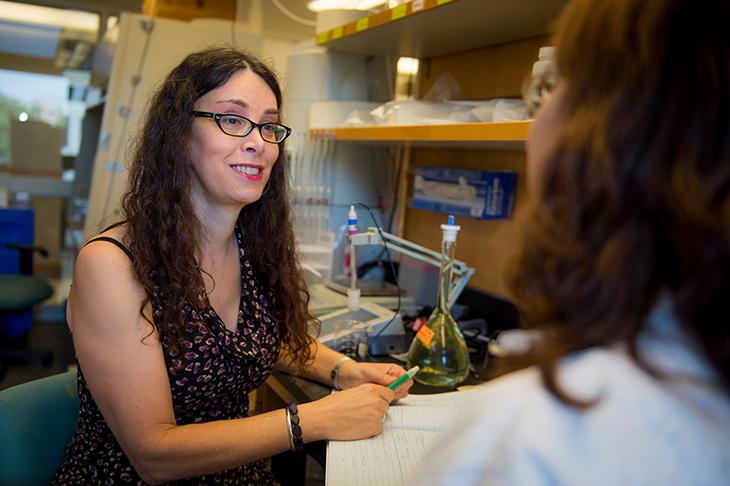Professor tests for arsenic in rural Louisiana drinking water
Tulane University geochemistry professor Karen Johannesson won accolades when in 2011 she and her research team made significant discoveries about the origins of arsenic in drinking water in India.
Johannesson couldn’t help but wonder if her research could be applied closer to home.
“We wondered why no one had researched the same thing in the Mississippi delta,” she said. “We wanted to see if this was a problem here.”
Geochemist Karen Johannesson wanted to know whether shallow groundwater in and around the Mississippi River delta also contained high concentrations of arsenic.
Specifically, they wanted to know whether shallow groundwater in and around the Mississippi River delta also contained high concentrations of arsenic and other cancer-causing toxins, and if so, how they got there.
They focused on Bayou Lafourche near Napoleonville and in Cow Island, an unincorporated community in Vermillion Parish on the edge of the Mississippi delta. They found the presence of arsenic to be at least 10 times higher than EPA standards of less than 10 parts per billion.
A likely cause is the natural presence of arsenic in the sediment around the groundwater. “It’s consistent with iron reduction and the subsequent release of arsenic,” Johannesson said.
While the amount is significantly less than what she and colleagues found in the Bengal Basin of India, it is alarming nonetheless, as arsenic is associated with an array of health issues. “I’m concerned about people who are living in more rural areas, who very well could be drinking water with high levels of arsenic,” she said.
Johannesson recently learned that her team’s paper on arsenic in shallow groundwater from the Napoleonville site was accepted for publication in the Journal of Hydrology: Regional Studies. Her research in India was highlighted in Nature.
Johannesson has won numerous accolades for her work. In 2014, she was named a fellow of the International Association of Geochemistry, and last year, she received the Patterson Medal of the Geochemical Society, which recognizes an innovative breakthrough in environmental geochemistry of fundamental significance.

